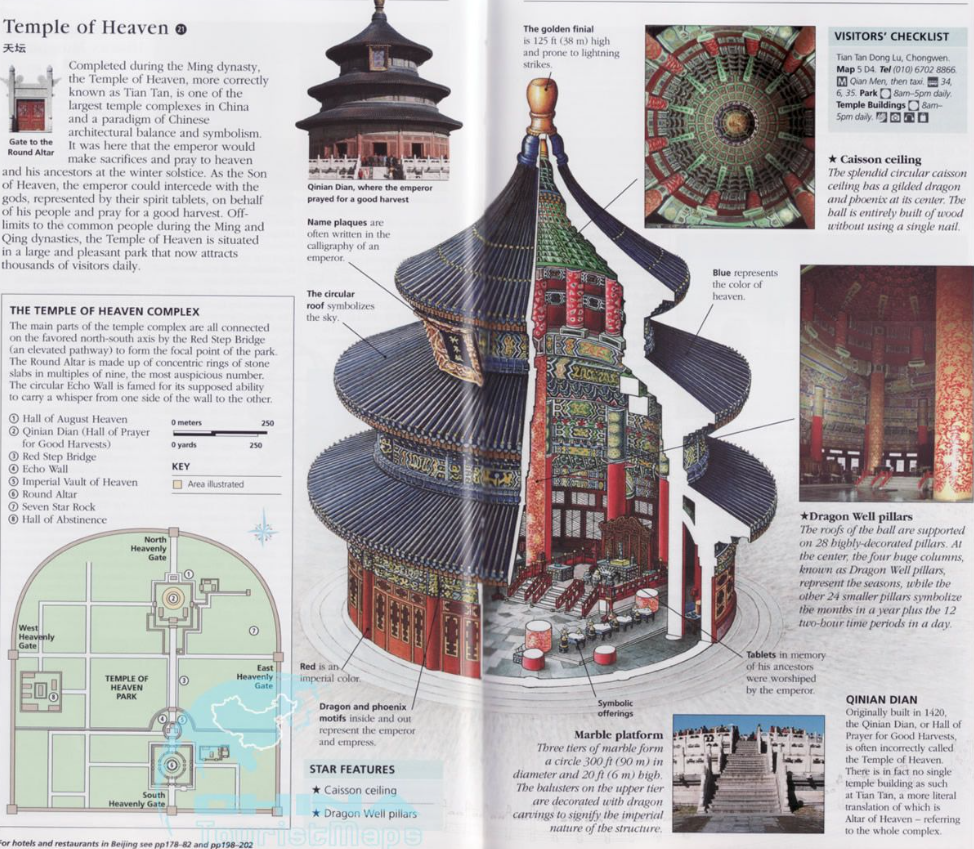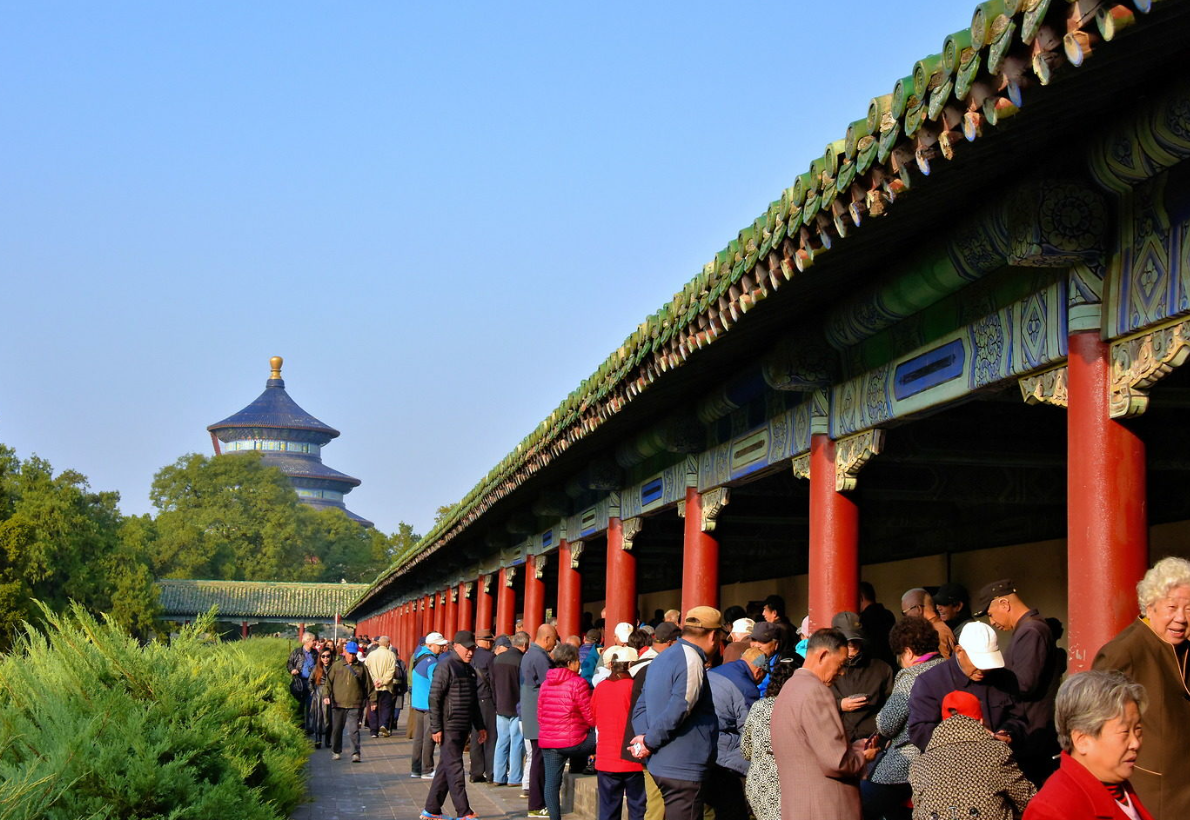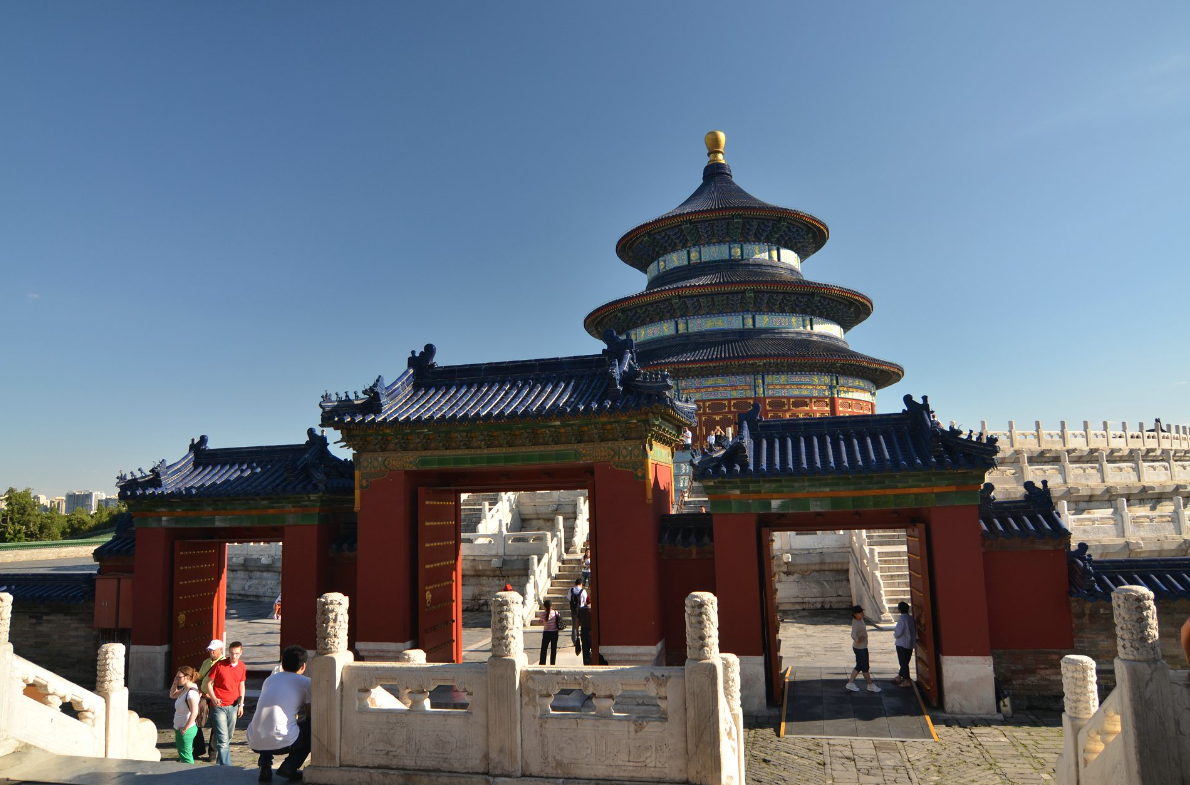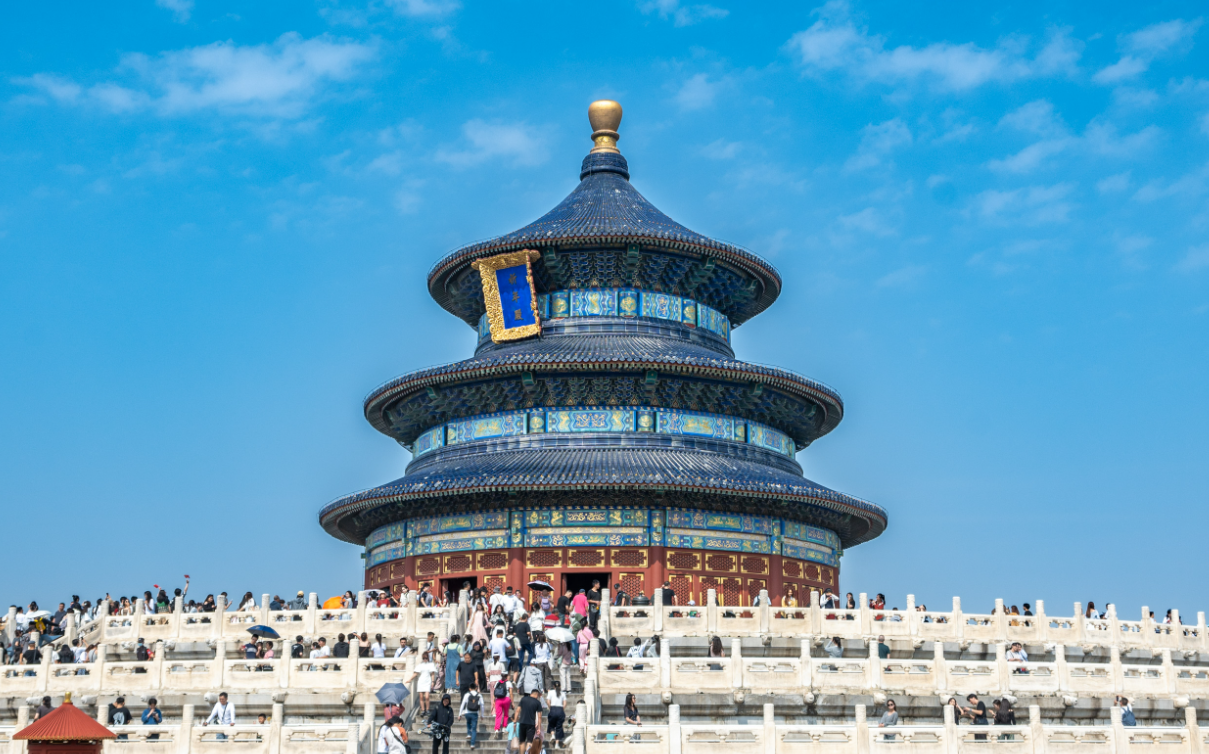Visiting Temple of Heaven Guide: How to Explore Beijing’s Most Iconic Landmark
Introduction
The Temple of Heaven in Beijing is more than just a tourist attraction—it’s a UNESCO World Heritage site that reflects centuries of Chinese culture, religion, and architecture. Built in 1420 during the Ming Dynasty, it served as the ceremonial ground where emperors prayed for good harvests. Today, it’s a favorite stop for travelers who want to blend history with authentic local experiences. In this guide, you’ll learn the best times to visit, how to buy tickets, what to see inside, and practical tips to make the most of your trip.
Best Time to Visit Temple of Heaven in Beijing

Choosing the right time can make or break your experience.
-
Morning visits (6:00–9:00 AM): You’ll see locals practicing tai chi, playing traditional instruments, or even singing opera in the park.
-
Spring (March–May) & Autumn (September–November): Mild weather, fewer crowds compared to summer. Average temperature around 18–22°C.
-
Avoid major holidays: Chinese New Year and Golden Week (Oct 1–7) can bring visitor numbers up to 5x the daily average.
Pro Tip: Arrive early before the tour groups. Not only will you enjoy fewer crowds, but you’ll also get better photo opportunities with soft morning light.
Temple of Heaven Ticket Prices and Opening Hours
Knowing the ticket system saves both time and money.
| Ticket Type | Price (CNY) | Approx. USD | Includes |
|---|---|---|---|
| Park Entrance Only | 15 (off-season) / 35 (peak) | $2–5 | Access to outer park areas |
| Through Ticket (recommended) | 34 (off-season) / 60 (peak) | $5–9 | Access to Hall of Prayer, Circular Mound, Echo Wall |
-
Opening Hours:
-
Park: 6:00 AM – 10:00 PM (last entry 9:00 PM)
-
Key Attractions: 8:00 AM – 5:30 PM (seasonal variations)
-
Tip: Book online via WeChat or Ctrip to skip ticket lines.
What to See Inside the Temple of Heaven Complex

The complex covers 2.7 million square meters—about 4 times the size of the Forbidden City. Focus on the must-sees:
-
Hall of Prayer for Good Harvests (祈年殿):
-
Triple-gabled circular hall, 38 meters tall, built entirely without nails.
-
Symbolizes heaven (round) and earth (square base).
-
-
Circular Mound Altar (圜丘坛):
-
Open-air platform where emperors prayed on winter solstice.
-
Famous for its Echo Effect—stand in the center and your voice sounds amplified.
-
-
Imperial Vault of Heaven (皇穹宇):
-
Surrounded by the Echo Wall. Whisper on one side, and a friend can hear it 65 meters away.
-
-
Long Corridor and Park Activities:
-
Great place to observe Beijing’s elderly community playing mahjong, chess, or dancing.
-
How to Get to Temple of Heaven from Downtown Beijing

The site is located in Chongwen District, about 5 km south of Tiananmen Square.
-
By Subway:
-
Line 5 → Tiantan Dongmen Station (Exit A, East Gate)
-
-
By Taxi:
-
From Wangfujing: ~20 minutes, approx. 30–40 CNY ($5–6).
-
-
By Bicycle:
-
Public bike-sharing apps like Meituan or Hellobike. Great for a local-style ride.
-
Local Hack: Enter through the East Gate (less crowded) and exit from the South Gate to optimize your walking route.
Practical Tips for Visiting Temple of Heaven

-
Wear comfortable shoes: You’ll easily walk 5–7 km inside.
-
Bring cashless payment apps: WeChat Pay and Alipay are widely used.
-
Hire a licensed guide or rent an audio guide (40 CNY / $6) for context.
-
Visit early morning for cultural immersion, late afternoon for quieter photo sessions.
FAQ: Temple of Heaven Travel Guide
Q1: How long does it take to visit the Temple of Heaven?
A typical visit takes 2–3 hours, but if you also want to stroll around the park and join locals’ activities, budget 4–5 hours.
Q2: Is the Temple of Heaven suitable for kids?
Yes, children often enjoy the Echo Wall and open spaces. However, strollers may be inconvenient on stairs and cobblestone paths.
Q3: Can you hire a tour guide at the entrance?
Yes, licensed guides are available on-site. English-speaking guides usually charge around 200–300 CNY ($30–45) for 2 hours.
Q4: Is the Temple of Heaven wheelchair accessible?
Partially. The main halls have ramps, but some historical stone steps may be challenging. Wheelchair rental is available at the East Gate.
Q5: What’s unique compared to other Beijing landmarks?
Unlike the Forbidden City, which focused on imperial politics, the Temple of Heaven was dedicated entirely to spiritual rituals and agriculture—a rare combination of architecture, astronomy, and philosophy.
Conclusion
Visiting the Temple of Heaven isn’t just about sightseeing—it’s about experiencing a living piece of Beijing’s heritage. From watching locals perform morning exercises to marveling at ancient architecture, this UNESCO site blends history, culture, and daily life in one space.
If you were planning your Beijing trip, would you prefer to join the locals at dawn or explore the site quietly at sunset?

